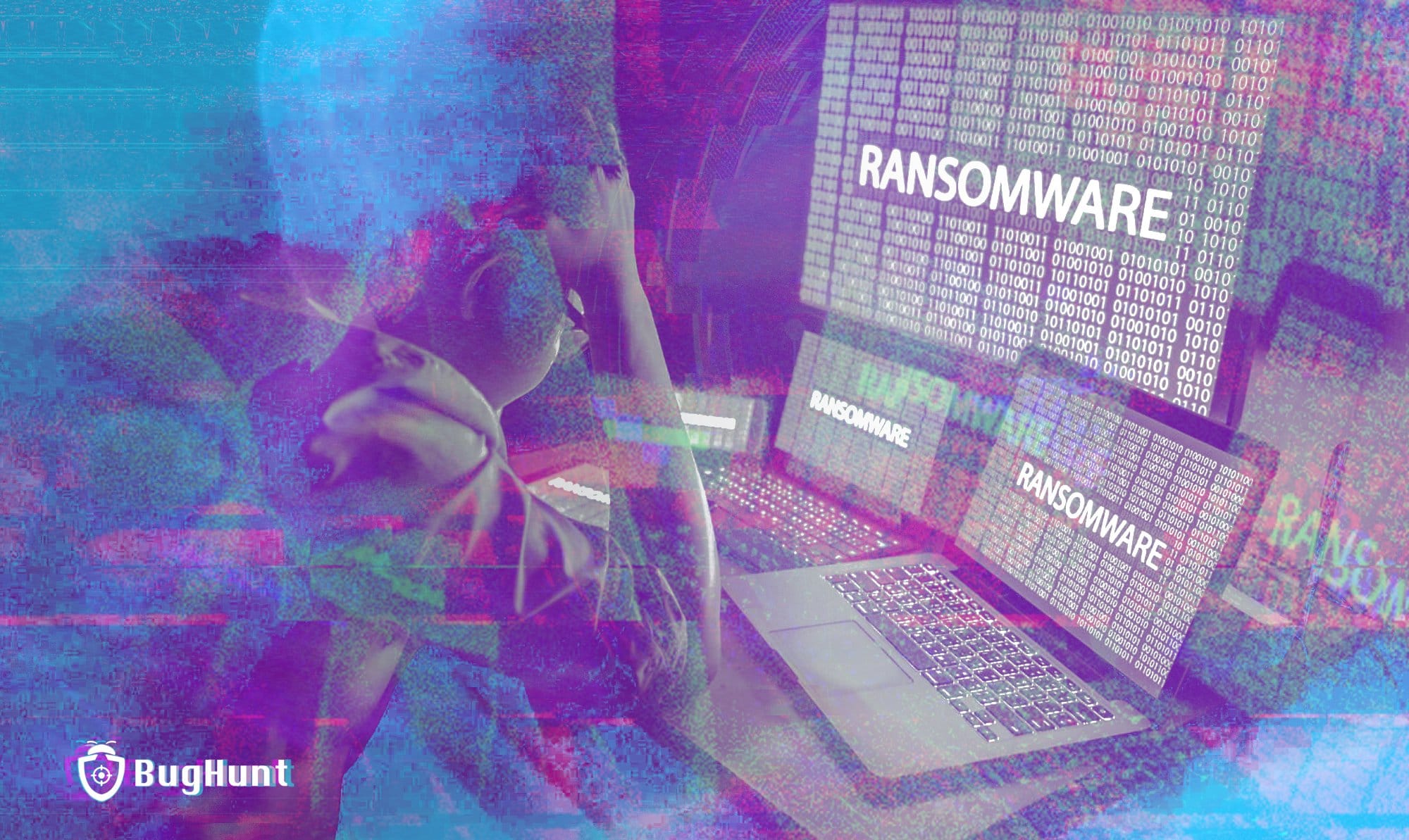RaaS: The Global Threat of Ransomware as a Service

In recent years, the rise of ransomware attacks has put organizations and individuals on high alert. One reason for this escalation is the emergence of RaaS—ransomware as a service—a criminal business model that has democratized access to ransomware, enabling cybercriminals of varying skill levels to conduct devastating attacks.
For perspective, according to Kaspersky's report for Anti-Ransomware Day 2023, over 40% of companies suffered ransomware attacks in 2022, with small businesses paying up to $6,500 and large corporations up to $98,000 for recovery. The primary attack vectors include the exploitation of public access applications (43%), compromised user accounts (24%), and malicious emails (12%).
With this in mind, this article will discuss what RaaS is, its global impact, and the importance of preventive measures for information security. Read on!
What is RaaS - Ransomware as a Service?
The term RaaS refers to a criminal business model on the dark web, where ransomware developers create ready-to-use kits for other cybercriminals. These kits are sold or rented to anyone willing to pay, regardless of their technical knowledge. Similar to a software as a service (SaaS) model, where companies sell software on demand, RaaS offers a continuous service, allowing clients to conduct attacks without needing to understand the complexity behind the malicious code.
This ease of access has made ransomware one of the most lucrative and prevalent cyber threats in recent times. With a simple payment in cryptocurrency, anyone can launch sophisticated ransomware attacks, extorting significant sums from victims around the world. Thus, RaaS has attracted both experienced criminals and newcomers, expanding the reach and frequency of attacks.
The Growth of RaaS and Its Global Impact
RaaS has proliferated due to its ability to provide a revenue stream for both ransomware developers and the criminals executing the attacks. Developers offer technical support, constant software updates, and even detailed tutorials, making RaaS an attractive choice for rising cybercriminals.
Furthermore, the dark web provides anonymity and security for those involved, making it difficult to track and capture those responsible. This has created a robust and highly competitive market where different ransomware groups compete for dominance, offering differentiated features such as specific attack methods, stronger encryption, or enhanced evasion tools.
In this devastating scenario, companies of all sizes, governments, hospitals, and even individuals have become targets of ransomware attacks, resulting in significant financial losses, operational disruptions, and, in extreme cases, threats to human life. The COVID-19 pandemic exacerbated this situation, as many organizations quickly migrated to digital environments without proper security, making them easy targets for cybercriminals.
Beyond the economic impact, RaaS has social and political consequences. Extorting large sums of money can lead to the collapse of businesses, increased unemployment, and economic instability. At the governmental level, attacks on critical infrastructures can result in failures of essential services, such as energy, water, and healthcare, threatening national security.
Importance of Prevention Against RaaS
Companies and individuals must adopt a proactive stance by implementing robust security strategies, such as regular backups, restricted access policies, and ongoing training for employees. Collaboration between the public and private sectors is also vital to create a safer environment where information about threats is shared and coordinated actions are taken to combat the spread of ransomware.
Additionally, it is crucial for companies to invest in advanced detection and incident response technologies. The use of artificial intelligence and machine learning can help identify anomalous behavior patterns and block attacks before they cause irreparable damage. Bug bounty programs are also key in this scenario, allowing external experts to help identify security flaws before they are exploited. Preparedness and incident response should be treated as a priority, with well-defined contingency plans tested regularly.
Conclusion
RaaS represents a global threat that should not be underestimated, as technology advances, cybercriminals will continue to explore new ways to maximize their profits.
Therefore, only through an integrated approach to security, education, and cooperation across the community will it be possible to mitigate the impacts of RaaS and protect the integrity of digital infrastructures worldwide.
Did you enjoy this article? You can access more content like this on our social media to stay informed about the most relevant topics in cybersecurity.

